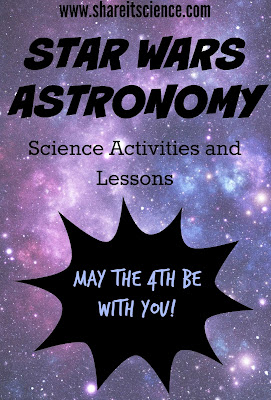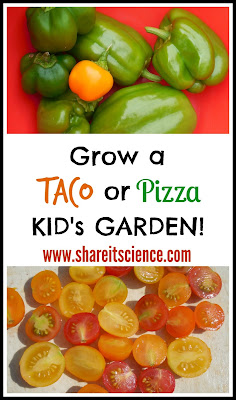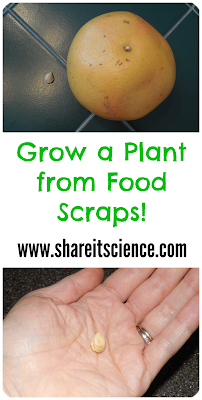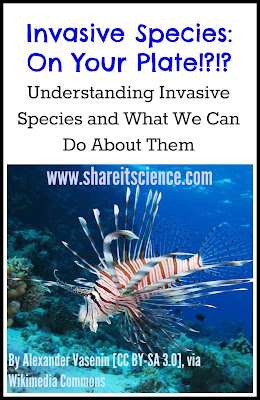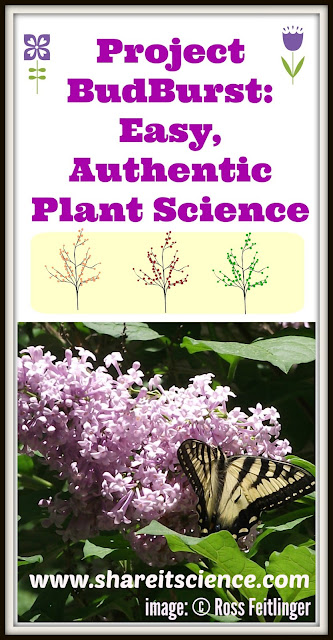Have you ever wondered what our planet
would be like if we had two suns like the planet Tatooine? What if we
had two moons? Are the planets in the Star Wars movie realistic at
all?
Let's answer those questions and have some fun with some hands-on science activities!
2 Suns: A Tatooine Like Earth
You may have observed that Luke
Skywalker's home planet, Tatooine, had two suns. Astronomers have
found evidence of a planet outside of our solar system that is
orbiting two stars. This planet, Kepler-16b, is part of a system
much like George Lucas's fictional planet, Tatooine.
On Earth we have one sun, that provides us with light and heat. It holds our planet in orbit. It affects the seasons on Earth. How
would this change if we had two suns? If Earth were like Kepler-16b
we'd experience slightly colder temperatures because we'd be at a
greater distance from the sun.
Kepler-16b's suns are slightly smaller
than our sun, so the pull of gravity would be less and we'd have a
longer year because we'd orbit more slowly. If we had two suns the
same size as our sun, then we'd have a faster orbit and a shorter
year. Scientists aren't sure if a moon would form in this type of
system, so our nights would be a little bit different, and the ocean tides would be affected.
Try this activity from NASA that models
the rotation of Earth and the night/day cycle.
You'll need a globe (or a large ball) and a flashlight. Once you've
tried this out under "normal" circumstances for Earth, try
it again with two suns, or in other words, two flashlights.
- How does this change where the people on Earth are experiencing daylight?
- Does it make the days longer or shorter?
- What effect do you think this has on the seasons?
- How might the human sleep cycle, or circadian rhythm be altered by having two suns? Would other animals and plants be affected too?
An Earth with 2 Moons
What would our planet be like if there
were two moons rotating around it? Earth is the only planet in our
solar system with just one moon. Some planets do not have any natural
satellites, whereas others have dozens.
Our moon and its gravitational force
gives the ocean its tides, is the reason we have a 24 hour day and
it keeps the planet at the tilt that gives us seasons. The moon reflects
the sunlight in the night time and we can view its phases and
eclipses. How would all of this be different if we had two moons?
Night time would be brighter, which
would affect nocturnal animals. Tides would be much more extreme. Our
calendar, which is based on the cycle of the moon's phases (each
cycle = approx. 1 month, or "moonth")
Try the "Dance of the Moon and Oceans"
as a movement activity with several kids to learn about the tides. How would this movement
change if there were more than one moon in this "dance"?
If you do not have a group of kids to
try this with, you can learn about the tides through this video.
- How would having two moons change how our tides work?
- How would more extreme tides affect life on Earth?
What about the moon's phases and
eclipses? Would we still see the moon the same way if there were two
of them?
Try this: First, model the phases of the moon to
get the hang of what is really happening up there. You can model it
the way Emily
Morgan, author of "Next Time You See the Moon", does it here:
Now add in another moon. You might have
to find a friend to help. Experiment with where you place the moon.
- Have the moon's phases changed?
- How is this affecting the night sky on the Earth?
- What if one moon were orbiting faster than the other? How would that change things?
Other Star Wars like Planets
Are there other planets that resemble
the fictional ones in the Star Wars universe? Yup. But they aren't in
our solar system! Exoplanet OGLE-2005-BLG-390Lb resembles the fictional
cold world planet, Hoth. Mustafar, a hot molten world in Star Wars is
similar to Kepler-10b
and Kepler-78b.
Kepler-22b is thought to
be like the fictional ocean world, Kamino. It is also believed that
there are real-life similarities out there to Princess Leia's home
planet, Alderaan and to Endor, home of the Ewoks.
Still Interested? Read more:
- Washington Post: From 'Star Wars' to reality: Astronomers discover Tatooine world with two suns
- Live Science: What Would Earth be Like with Two Suns?
- NASA: NASA's Kepler Mission Discovers a World Orbiting Two Stars
- Universe Today: What if the Earth had two moons?
- Star Wars: Science Fair Book
Join us as we celebrate Star Wars Day - May 4th with some wonderful galactic inspired crafts, recipes and activity ideas!
The Jenny Evolution has some great Activity Books for All Ages
Mrs LeBlancs Learners are learning Star Wars in the Classroom
Defying Gravity! Sounds like great fun from Kid Minds
KC Edventures is sharing a great Planets Math Activity
Peakle Pie shares some cute Paper Plate Ewoks

